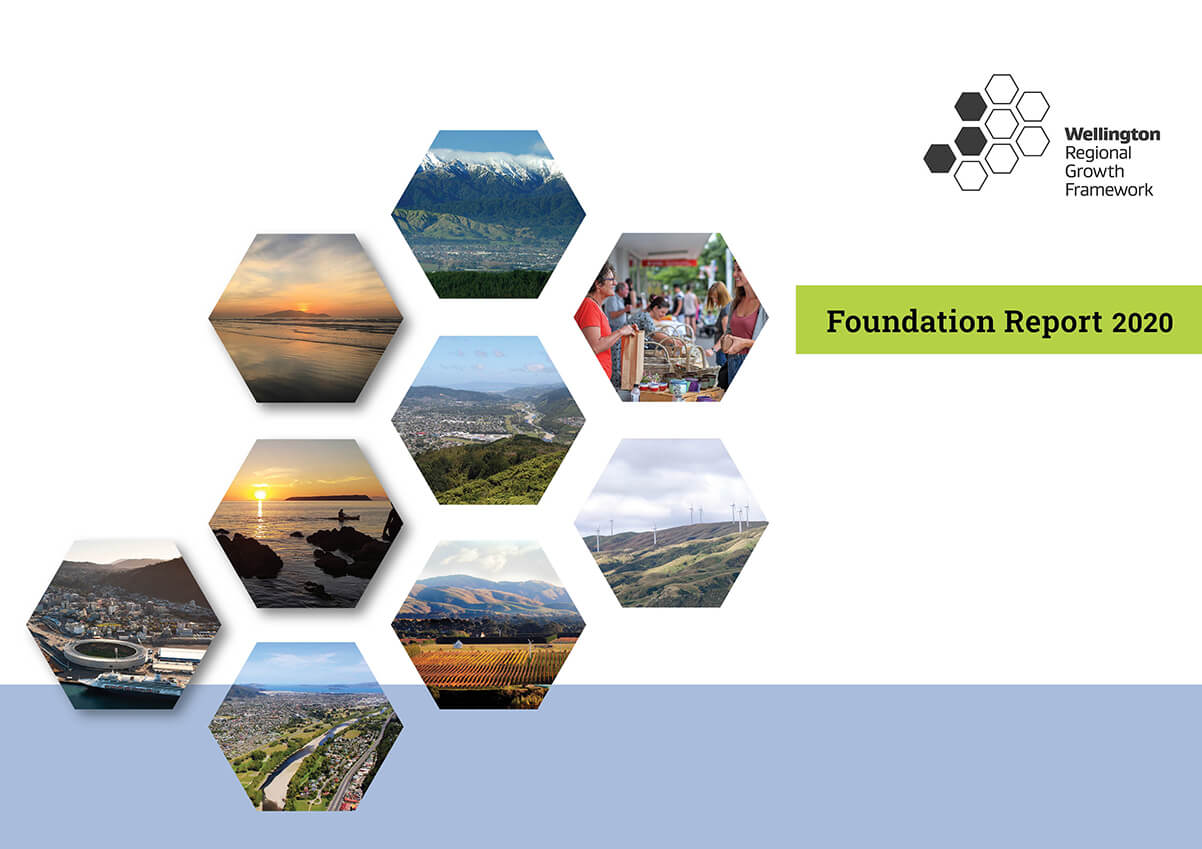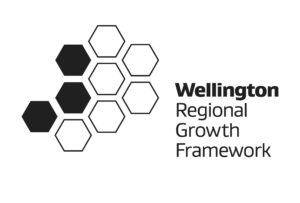
The Launch of the Foundation Report 2020 – PDF 3.7MB marks the completion of the first phase of developing the Wellington Regional Growth Framework – a spatial plan for the region. The report provides the context for the Framework and identifies challenges for future growth and development in the region including Horowhenua.
Project Director Kim Kelly says, the Foundation Report is a snapshot in time of all aspects of the region including our diverse people and communities, housing, the economy, transport, three water networks and our environment.
“The Foundation Report is a really useful document bringing together all these regional elements into one place. Councils and other agencies throughout the region are already using it as a basis for some of their own planning and development initiatives.”
Four challenges
There are four challenges identified within the document, says Ms Kelly. These have been developed from feedback at stakeholder workshops, steering group meetings and council discussions as well as from analysis of currently available data.
These are a lack of sufficient and affordable housing, the impacts of natural hazards and climate change on our environment, inequitable access to social, educational and economic opportunities and unequal access of tangata whenua to housing.
Each of these challenges needs to be responded to in the Wellington Regional Growth Framework so that we meet the needs of the communities across the region.
Ms Kelly says in addition to the challenges, the report makes for some interesting reading.
Transport, housing and emissions
“The ‘journey to work’ information clearly shows how the use of active modes/public transport decreases and the use of motor vehicles increases as the journey to work becomes longer and possibly more complicated. That’s all about proximity and what services are available and is something we really need to think about in our future planning.”
And while we all know that housing supply and affordability has become more and more of an issue, Ms Kelly says she was interested in the statistics relating to the much lower home ownership rates for Māori in the region.
“It reinforced for me that we needed to separate out this challenge from the general housing challenge so we can really focus on these communities and make sure their voices are heard as we develop the Wellington Regional Growth Framework.
Another eye opener was the information around greenhouse gas emissions, she says. “The statistics show that emissions from transport make up over a third of the total emissions in the region and definitely need to be considered in our transition to a low carbon future.”
Working together
Ms Kelly says the development of the Foundation Report has been a team effort between the Framework partners (local, regional and central government and iwi) with input from interested industry and sector groups.
For the purpose of the Framework the region includes the geographical areas of Masterton, Carterton, South Wairarapa, Upper Hutt, Lower Hutt, Wellington, Porirua, Kāpiti Coast and Horowhenua, she says. Horowhenua has been included in this work as it is now clearly part of the wider Wellington region housing and employment market and shares a common transport corridor.
“The Foundation Report provides a solid basis for the next steps to developing the Regional Growth Framework.”

